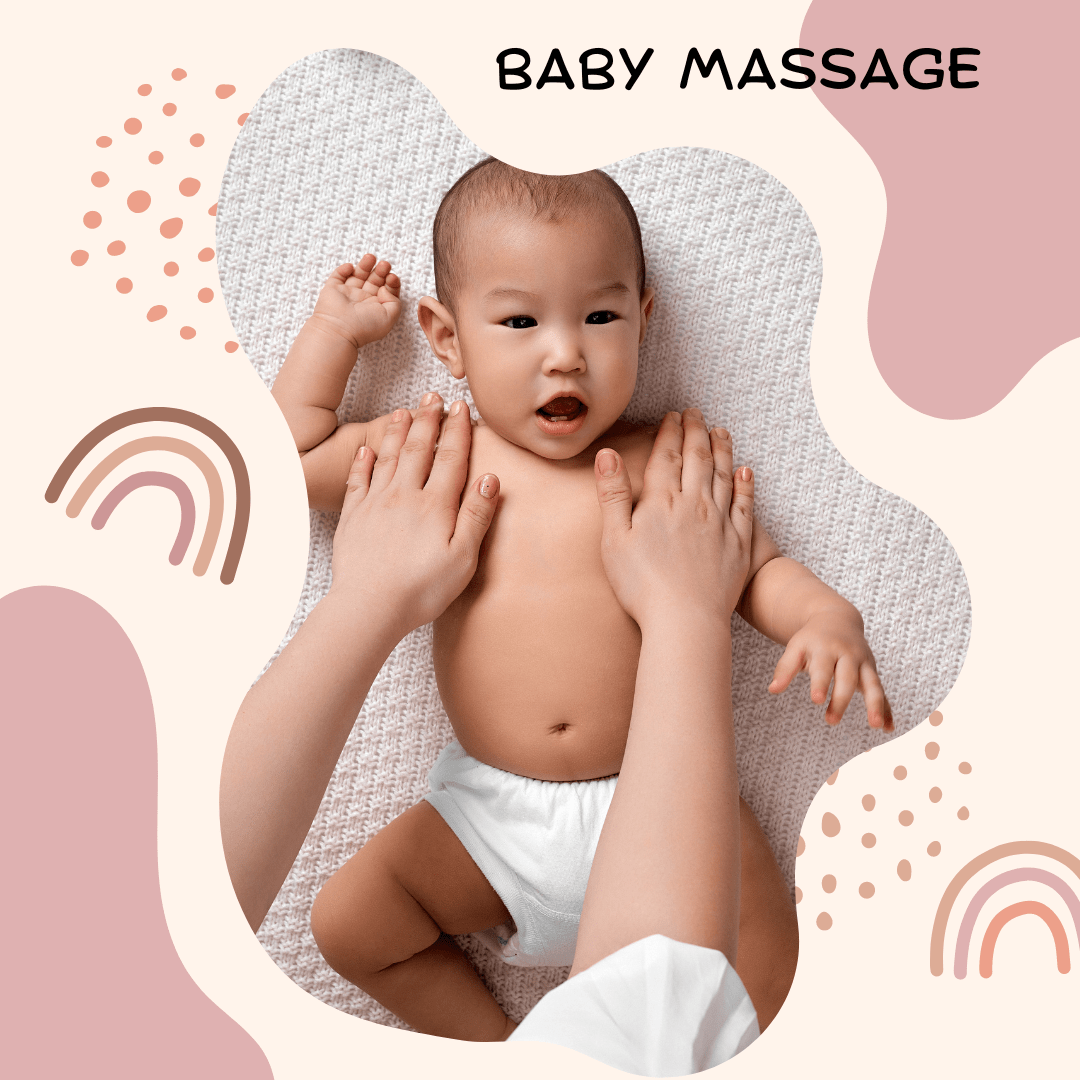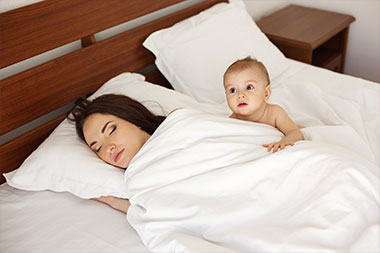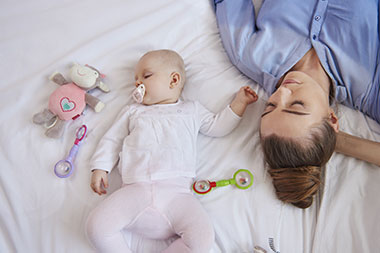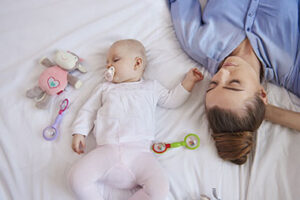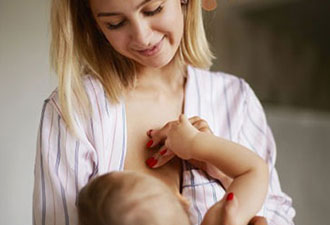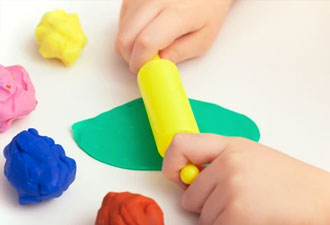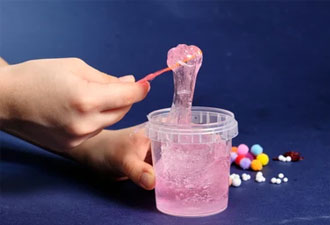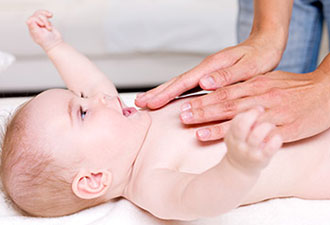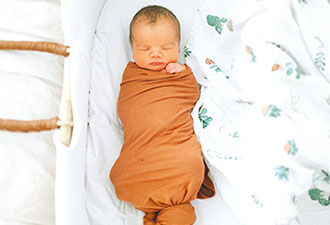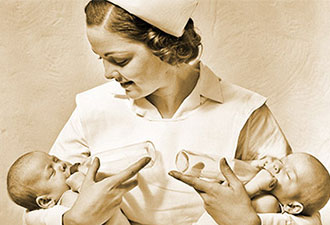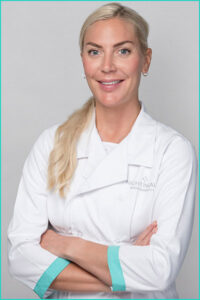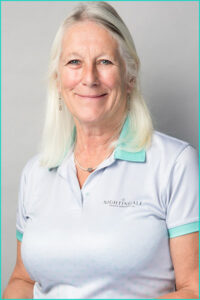Gentle Baby Massage Services for Well-being and Joy
Are you a parent based in Dubai, searching for experienced Babysitters Service in Dubai and nanny services near you? Perhaps you’re looking for trustworthy babysitting services or a dedicated full-time nanny in Dubai? Your search ends here – Nightingale offers a comprehensive solution that goes beyond the expected. Our services encompass not only attentive care but also the calming wonders of baby massage, ensuring your little one’s overall well-being.
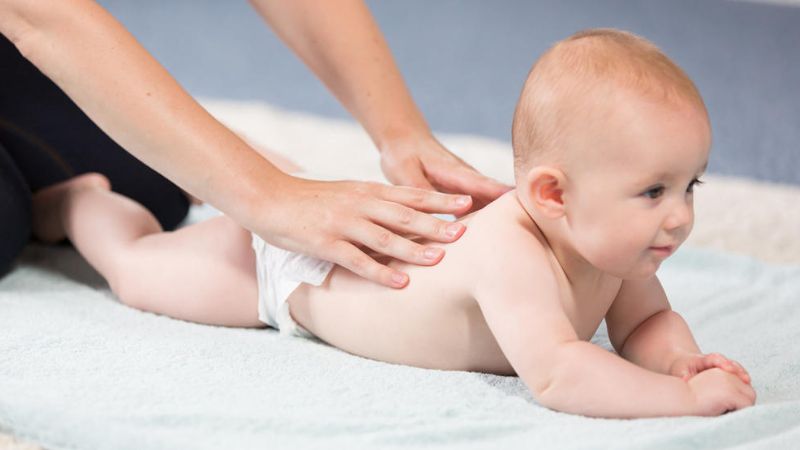
Decoding Baby Massage:
Baby massage isn’t just about physical touch; it’s a language of love. This gentle practice involves using delicate strokes and tender caresses to create a cover of comfort for your baby. Passed down through generations, this age-old technique acknowledges the power of touch in conveying care and affection to your precious one. It involves using your hands to softly stroke, knead, and nurture your baby’s delicate skin.
The “Why” Behind Your Baby’s Need:
Beyond its relaxing benefits, Baby Massage holds numerous advantages for your baby’s holistic development. Touch is a potent way to forge a connection, and this connection goes beyond emotional bonds – it can also help alleviate discomfort stemming from colic, gas, and teething.
Advantages of Gentle Baby Massage:
Serenity at its Best:
Baby massage facilitates relaxation, contributing to improved sleep quality – a win-win for both you and your baby.
Building Bonds: The intimate act of massage nurtures a profound emotional link between you and your little one.
Digestive Comfort: Gently massaging your baby’s tummy can provide relief from gas and digestive unease.
Stimulating Circulation: Massage encourages blood flow, which can aid in healthy circulation and skin development.
Sensory Exploration: The varied strokes and sensations during massage contribute to your baby’s sensory exploration.
Soothing Sensation: Particularly for colicky or fussy babies, massage can offer much-needed comfort.
At Nightingale, we understand the significance of reliable babysitting services in Dubai. We acknowledge that each child is unique, deserving tailored baby care and Nanny Services. This personalized approach seamlessly incorporates the serene practice of baby massage. Our skilled caregivers excel in creating a nurturing space for your baby’s happiness and growth.
Expert Baby Care and Nanny Services in Dubai: Including Soothing Baby Massage for Complete Well-being
Why Nightingale’s Services Stand Out:
Expertise in Child Care:
At Nightingale, we take pride in our caregivers who are not just professionals but experts in providing attentive and nurturing care. Trained to the highest standards, they possess the skills needed to offer the best care for your child. With a deep understanding of the art of baby massage, they ensure a comforting experience that contributes to your child’s well-being.
Tailored Solutions for Every Child:
We recognize that each child is a unique individual, deserving of personalized care. Our services are designed with this in mind, ensuring that your child’s specific needs and preferences are met. This approach creates an environment where your child can thrive comfortably and confidently.
Comprehensive Approach to Child Care:
Nightingale’s commitment to your child’s well-being goes beyond the basics. From babysitting and to the soothing benefits of Child Care, we provide a comprehensive array of services that cater to your child’s holistic development. Our goal is to offer a complete and enriching child care experience that supports growth and happiness.
Convenient Support Where You Are:
We understand that as a parent, convenience matters. Our services are readily available in Dubai and its surrounding areas, ensuring that you have the support you need right at your doorstep. Whether you require a babysitter, a nanny, or the calming touch of baby massage, we’re here to make child care easier and more accessible for you.
BABY & CHILD CARE Services:
Beyond our expertise in babysitting, nanny services, and baby massage, Nightingale proudly offers a comprehensive range of BABY & CHILD CARE services. These services encompass a wide spectrum of care, ensuring that your child’s needs are met at every stage of their growth.
Choose Nightingale for a caregiving experience that goes beyond the ordinary. Our commitment to excellence, tailored care, comprehensive offerings, and convenient support makes us your ideal partner in your child’s journey to well-being and happiness.
Be it nanny services, day care, or full-time care, our comprehensive offerings ensure your baby receives unmatched attention and care. Reach out today to offer your little one the benefits of adept baby care and the tranquil embrace of baby massage. Your baby’s well-being is our utmost priority.
Exploring the Cost of Soothing Baby Massage Services
Whether you choose our Clinic Baby Massage or the convenience of our Home Baby Massage, our skilled caregivers use gentle techniques to create a calming environment that promotes relaxation, better sleep, and overall well-being for your precious little one.
Why Nightingale’s Services Are the Right Choice for You and Your Little One:
Expert Care with a Gentle Touch:
At Nightingale, we take pride in our caregivers who are not only experts in child care but also skilled in the art of baby massage. Our professionals are equipped to provide attentive care, ensuring your child’s well-being is in safe hands. Plus, the soothing touch of baby massage offers your little one comfort and relaxation.
Tailored Care for Every Child’s Unique Needs:
Just as every child is different, so are their needs. We understand this at Nightingale, and our services are designed to cater to your child’s individual preferences. This approach creates a comfortable and nurturing environment where your child can flourish.
A Holistic Approach to Child Care:
Our commitment to your child’s well-being goes beyond the basics. From babysitting and nanny services to the calming benefits of baby massage, we offer a comprehensive range of services. This means your child receives holistic care that supports their growth and happiness.
Convenience for Your Peace of Mind:
Being a parent is a full-time job, and we’re here to make it easier for you. Nightingale’s services are conveniently available in Dubai and its surrounding areas. Whether you need a babysitter, a nanny, or the soothing touch of baby massage, we bring support right to your doorstep.
Home Visit Doctor Services:
For added convenience, Nightingale also offers Home Visit Doctor Services to ensure that your child’s health needs are met within the comfort of your home.
Benefits for Moms Too:
We understand that a mother’s well-being matters just as much. Nightingale’s baby massage isn’t only beneficial for babies; it offers relaxation and stress relief for mothers too. Taking care of your little one becomes a more joyous experience when you’re feeling your best. Pop o pop
BABY & CHILD CARE Services for Every Stage:
Our commitment extends to providing a wide range of BABY & CHILD CARE Services. From newborns to growing Toddlers, we’re here to support your child’s journey at every step.
Choose Nightingale for a caregiving experience that goes beyond expectations. Our combination of expertise, personalized care, comprehensive services, and convenient support makes us the perfect partner in ensuring your child’s well-being and your peace of mind.

